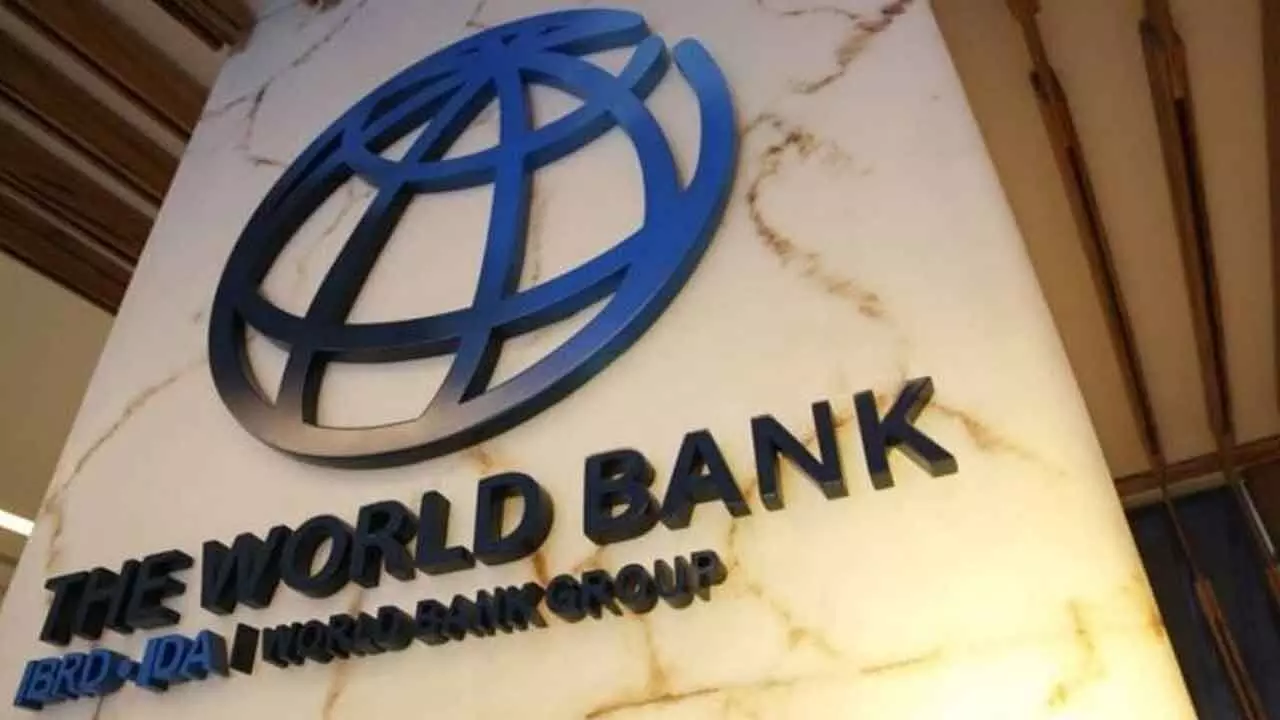World Bank Warns Of Bleak Growth Outlook For Developing Economies
Sluggish investment, rising debt, and global headwinds threaten to stall progress in the world’s most crucial growth engines
World Bank Warns Of Bleak Growth Outlook For Developing Economies

According to the World Bank’s latest Global Economic Prospects report, developing economies—responsible for 60% of global growth—are facing their weakest long-term outlook in decades. Growth rates have steadily declined since the 2000s, hindered by high debt, weak productivity, shrinking global integration, and climate pressures. While these nations now play a larger role in global GDP and trade, they risk falling further behind without bold policy reforms and stronger cross-border cooperation. The report urges a “new playbook” focused on domestic reform, infrastructure investment, and strategic partnerships to navigate the challenging years ahead
Washington: Developing economies—which fuel 60 percent of global growth—are projected to finish the first quarter of the 21st century with the weakest long-term growth outlook since 2000, according to the World Bank's latest Global Economic Prospects report. Even as the global economy stabilizes in the next two years, developing economies are expected to make slower progress in catching up with the income levels of advanced economies.
The global economy is projected to expand by 2.7% in both 2025 and 2026, the same pace as in 2024, as inflation and interest rates decline gradually. Growth in developing economies is also expected to hold steady at about 4% over the next two years. This, however, would be a weaker performance than before the pandemic—and insufficient to foster the progress necessary to alleviate poverty and achieve wider development goals.
The World Bank's analysis is its first systematic assessment of the performance of developing economies in the first quarter of the 21st century. It finds that, during the first decade, developing economies grew at the fastest clip since the 1970s. Yet progress ebbed after the Global Financial Crisis of 2008-09. Global economic integration faltered: as a share of GDP, foreign direct investment (FDI) inflows into developing economies are at about half the level of the early 2000s. New global trade restrictions in 2024 were five times the 2010-19 average. As a result, overall economic growth dropped—from 5.9% in the 2000s to 5.1% in the 2010s to 3.5% in the 2020s. Since 2014, except China and India, the average per capita growth rates of income in developing economies have been half a percentage point lower than that in wealthy economies, widening the rich-poor gap.
"The next 25 years will be a tougher slog for developing economies than the last 25," said Indermit Gill, the World Bank Group's Chief Economist and Senior Vice President for Development Economics. "Most of the forces that once aided their rise have dissipated. In their place have come daunting headwinds: high debt burdens, weak investment and productivity growth, and the rising costs of climate change. In the coming years, developing economies will need a new playbook that emphasizes domestic reforms to quicken private investment, deepen trade relations, and promote more efficient use of capital, talent, and energy."
Developing economies are more important for the global economy than they were at the start of the century. They account for about 45% of global GDP, up from 25% in 2000. Their interdependence has also grown: more than 40% of their goods exports go to other developing economies, double the share in 2000. Developing economies have also become an important source of global capital flows, remittances, and development assistance to other developing economies: between 2019 and 2023, they accounted for 40% of global remittances—up from 30% in the first decade of the century.
As a result, these economies now have greater sway over growth and development outcomes in other developing economies. For example, an increase of 1 percentage point in the GDP growth of the three largest developing economies—China, India, and Brazil—tends to result in a cumulative GDP boost of nearly 2% in other developing economies after three years.

